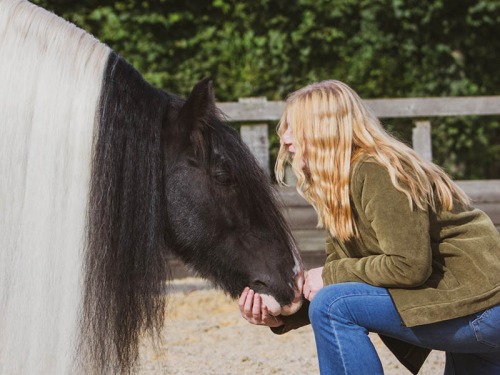How Beavers Are Changing The Game in Rural Northumberland
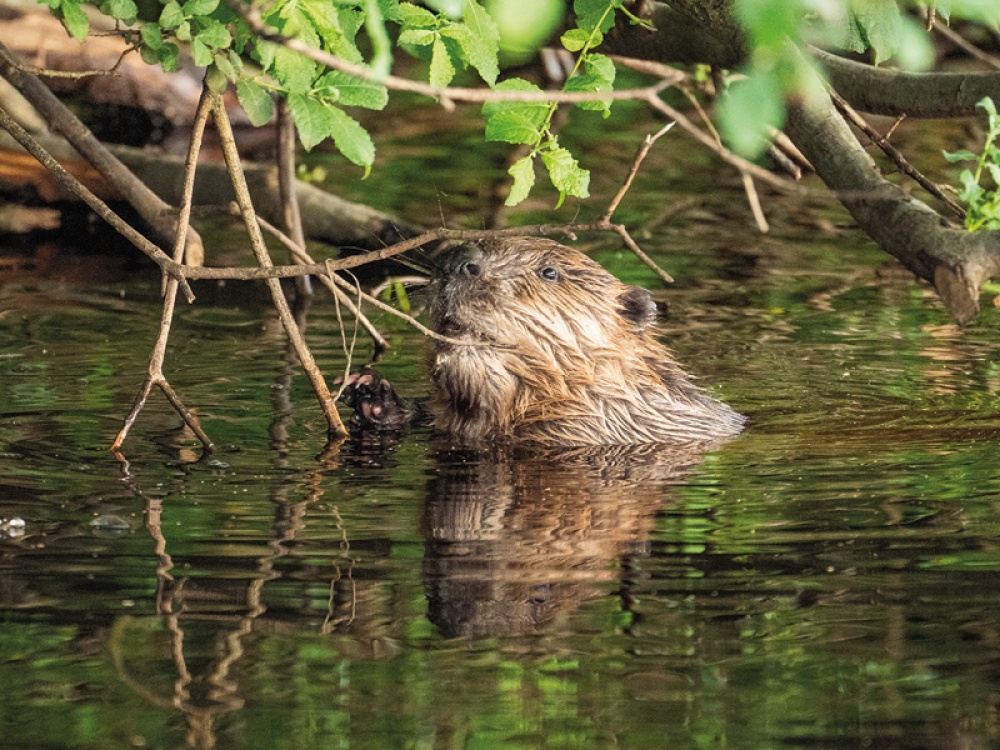
The river and streams of a farm on Wallington estate have been getting a major makeover thanks to the hard work of their new resident ecosystem engineers - a family of Eurasian beavers
When you think of countryside rejuvenation, beavers probably aren’t the first thing that come to mind. Once a staple in our waters, beavers have been absent from the UK for more than 400 years, and with them went their formidable habitat-creation skills. But with the help of the Beaver Trust, at Wallington in Northumberland, the beavers are back – and here to stay.
A reintroduction project in July 2023 saw four Eurasian beavers released on a tributary in the heart of the Wallington estate to see if they could work their magic and rejuvenate the area. Paul had high hopes for the beavers, and the positive impact they could have on the local wildlife, including the declining numbers of white-clawed crayfish.
‘The River Wansbeck is very important for the local white-clawed crayfish (a really special crustacean that’s like a mini lobster) and it’s under massive threat. Numbers have declined a lot across the country and we might even lose them,’ says Paul. ‘But the River Wansbeck area is one of the last bastions (and one of the best sites probably in Europe) for the white-clawed crayfish.’ This is where the beavers come in. ‘Despite the fact that beavers and animals like crayfish have co-existed in the past, there wasn’t really any scientific studies that were looking at that,’ Paul explains. ‘So we set up an enclosure for the beavers to prove that, of course beavers and white-clawed crayfish would get on well, and the beavers would create more space and better water quality for the crayfish.’
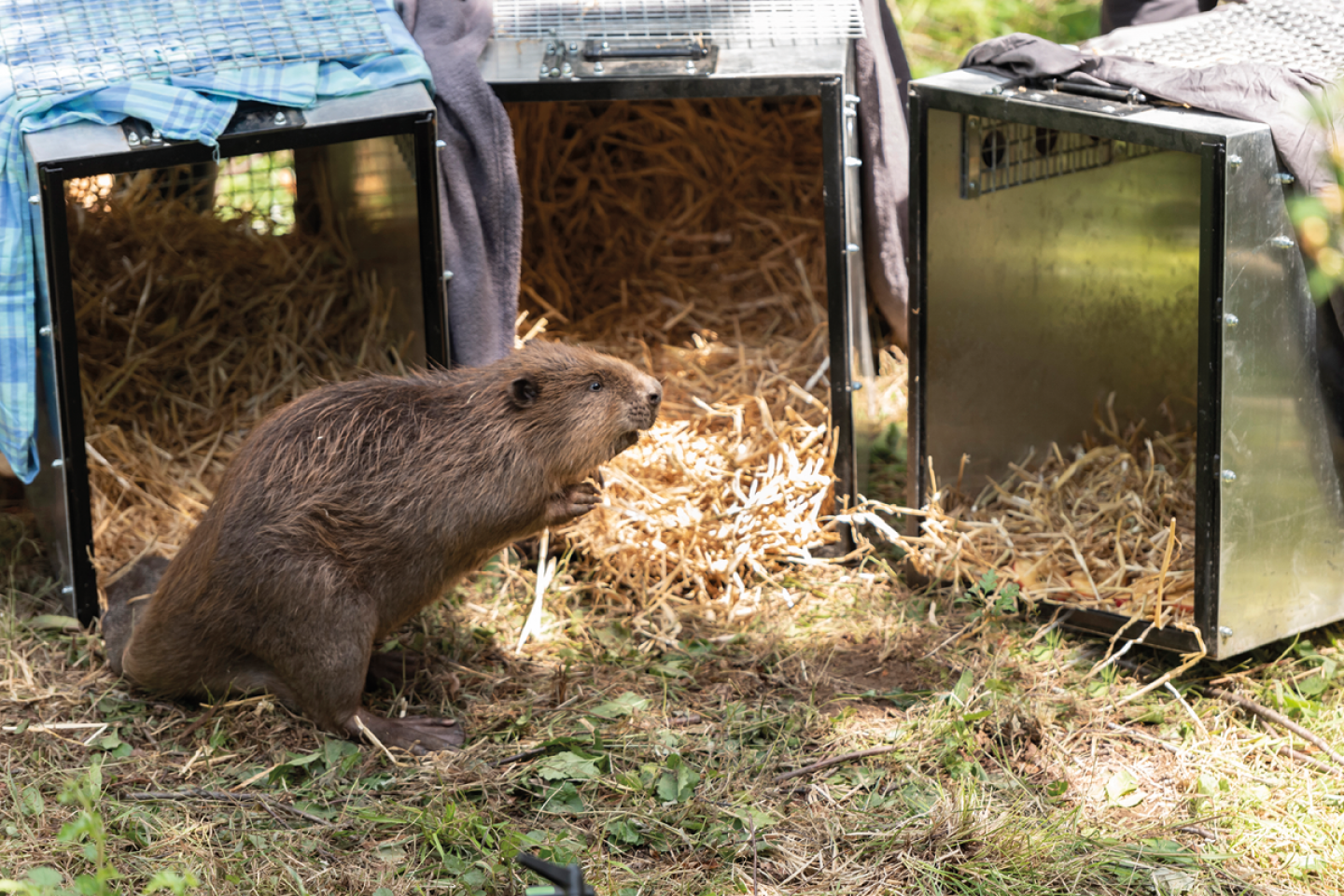
To improve the area for the white-clawed crayfish, the beavers just had to do what they do best – build dams. ‘Essentially what they do is create an area that is a sponge. When they build dams it creates wetlands which Hold water in all year round which acts as both a flood deterrent, and then in hot, dry weather the land has a constant release of water,’ Paul explains. ‘If you ask a child to draw a river, they will probably draw a straight line. What the beavers are doing by blocking the water is they’re creating multiple channels in a braided and brilliant chaos. In a flood event water moves across the flood plain much more slowly than just shooting down a single channel and that buys everybody time.’
For the white-clawed crayfish, the beavers bring much-needed security as higher water levels submerge tree roots which the crayfish favour. There has also been a noticeable increase in trout, along with more frequent visits from kingfishers and grey herons feeding in the newly-formed ponds. Daubenton’s bats have also been spotted skimming across the pools, foraging off the increasing numbers of insects such as mayflies and caddisflies that benefit from the organic matter building up behind the dams.
‘Because the dams slow the flow of water, the water warms up a little bit more and offers deeper refuge so small creatures can flourish in the ponds,’ Paul explains. This then has a knock-on effect for other wildlife. ‘When you’ve got more fish, you’ll get more birds that live there and eat the fish and for us that includes herons and kingfishers as well as invertebrates like dragonflies and other insects which are starting to make use of the pools and the wetlands. What’s fascinated me is that it ebbs and flows a lot. The dams cause the water level to rise up and sometimes the dams get breached by high flows of water. When the water levels lower again they expose nutrient-rich mud which is good for everything – and then it fills up again. It’s always changing and the beavers are always moving water around.’
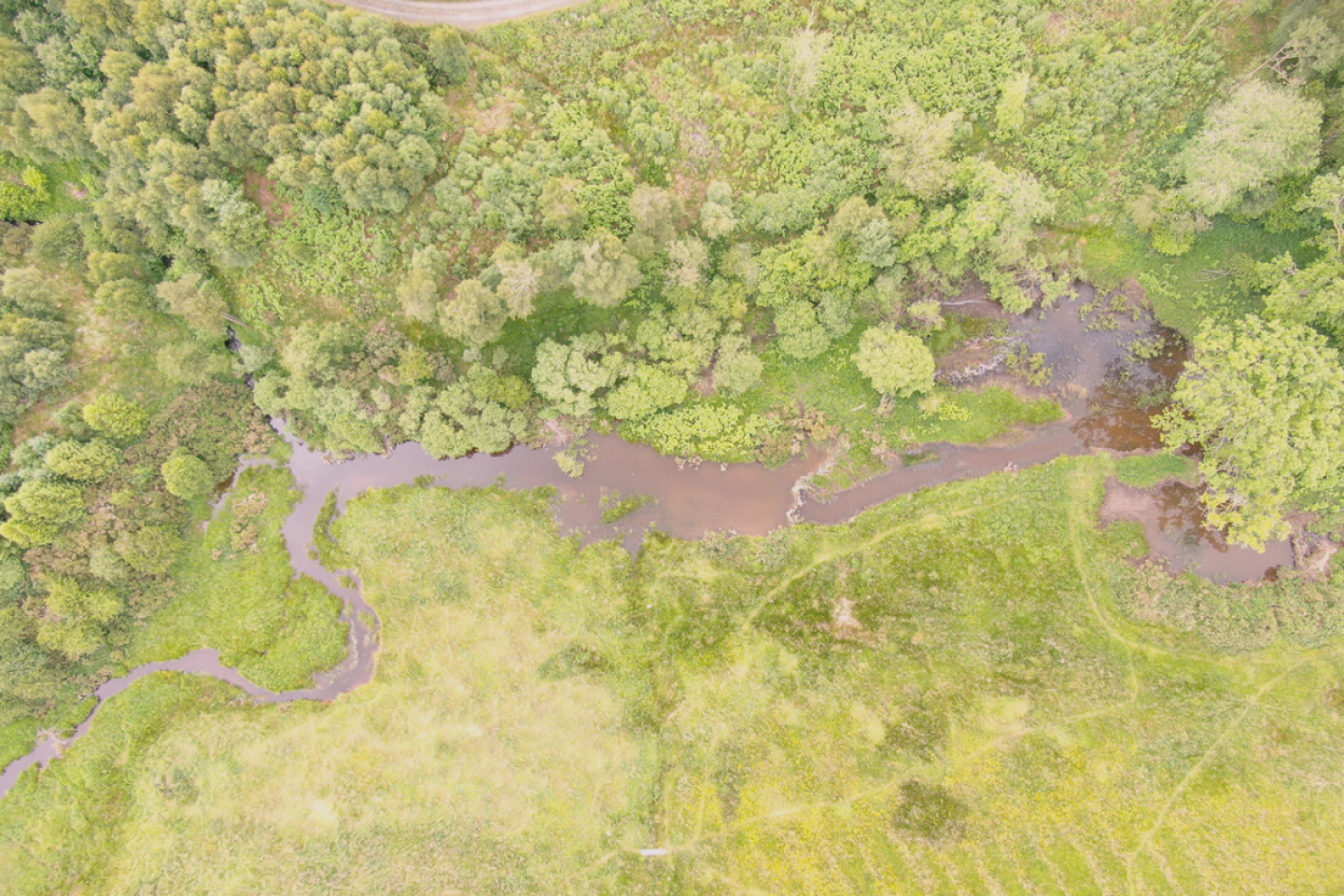
In the year since the family of beavers were reintroduced to the area the change in the landscape has been remarkable. ‘It’s been pretty dramatic in quite a small area,’ says Paul. ‘The enclosure is just 24 hectares so it’s big, but not massive, and they have about one kilometre of stream to live on, and it’s just one small family. But in the context of what they’ve done in that enclosure, in my opinion it’s nothing short of miraculous. I’ve never seen anything quite like it. They’ve basically built a whole network of dams and created wetlands that have started to flood about the size of half a football pitch currently.’
While the beavers take care of everything else, it’s the job of Paul and the team at Wallington to take care of them. A team of more than 25 National Trust volunteers help look after the Wallington beavers, so far dedicating 208 volunteer hours over the past 12 months. Working alongside the charity’s ranger team in preparing for the reintroduction and every week since, volunteers conduct twice-weekly fence inspections, carry out emergency repairs, and support in monitoring the wellbeing of the animals.
‘They are nocturnal and tend to appear around dawn and dusk so we don’t see them much during the day,’ Paul explains. ‘So what we have to do is use lots of remote cameras and our team are constantly checking on a regular basis trying to catch footage to be sure that the beavers look happy. They’re doing lots of beavery things like swimming and grooming, interacting with each other, and feeding properly, so we know they’re in good health. The other thing is that they store a lot of their fat in their tails, so we try to get footage of their tails when we can and a nice plump tail means they’re in good condition.’
The beavers have taken to their new home so well that in less than 12 months since their release, the rangers caught sight of a brand new baby beaver kit – the first to be born in Northumberland for more than four centuries. ‘We all got excited when we could see that the female beaver looked quite plump and we thought she might be pregnant,’ he says. ‘The adult pair of beavers that we put in were already well bonded and that particular female beaver had already had at least two offspring that we knew of so we were hopeful that they would breed.’ Caught at night on one of the carefully placed static cameras, the kit can clearly be seen heading into the safety of the family lodge with its mother.
For the future of the beavers in Northumberland and beyond, the health of waterways and embankments is essential. ‘With the beavers being so river-based, they don’t tend to move very far from streams and rivers. What we’re doing at the minute is trying to provide a good habitat along these stream corridors. The reason that beavers build dams is to create a safe home for themselves, so an abundance of vegetation and trees are a must. The whole idea of the dams is to create a safe network for them to move around in. That’s really why they dam, they don’t know that there’s no wolves or other predators now and they like a depth of water.
‘It’s purely so that they feel safe. What they do is they’ll raise the water level so that they can swim around safely. They can come out of the lodge safely into a deep pool and during the night if anything spooks them they can safely swim back into the lodge.’
To make it easier for the beavers, the team have been working to improve the embankments. ‘We’ve been taking action like reducing grazing pressure, fencing areas and planting trees. They love willow and aspen which they eat during the winter and in the summer they eat lots of the wildflowers and rushes – they’re completely vegetarian. When that dies off in the winter they go on to a diet of almost exclusively tree bark. That’s where having the right trees comes in, they need quite a lot of willow.’
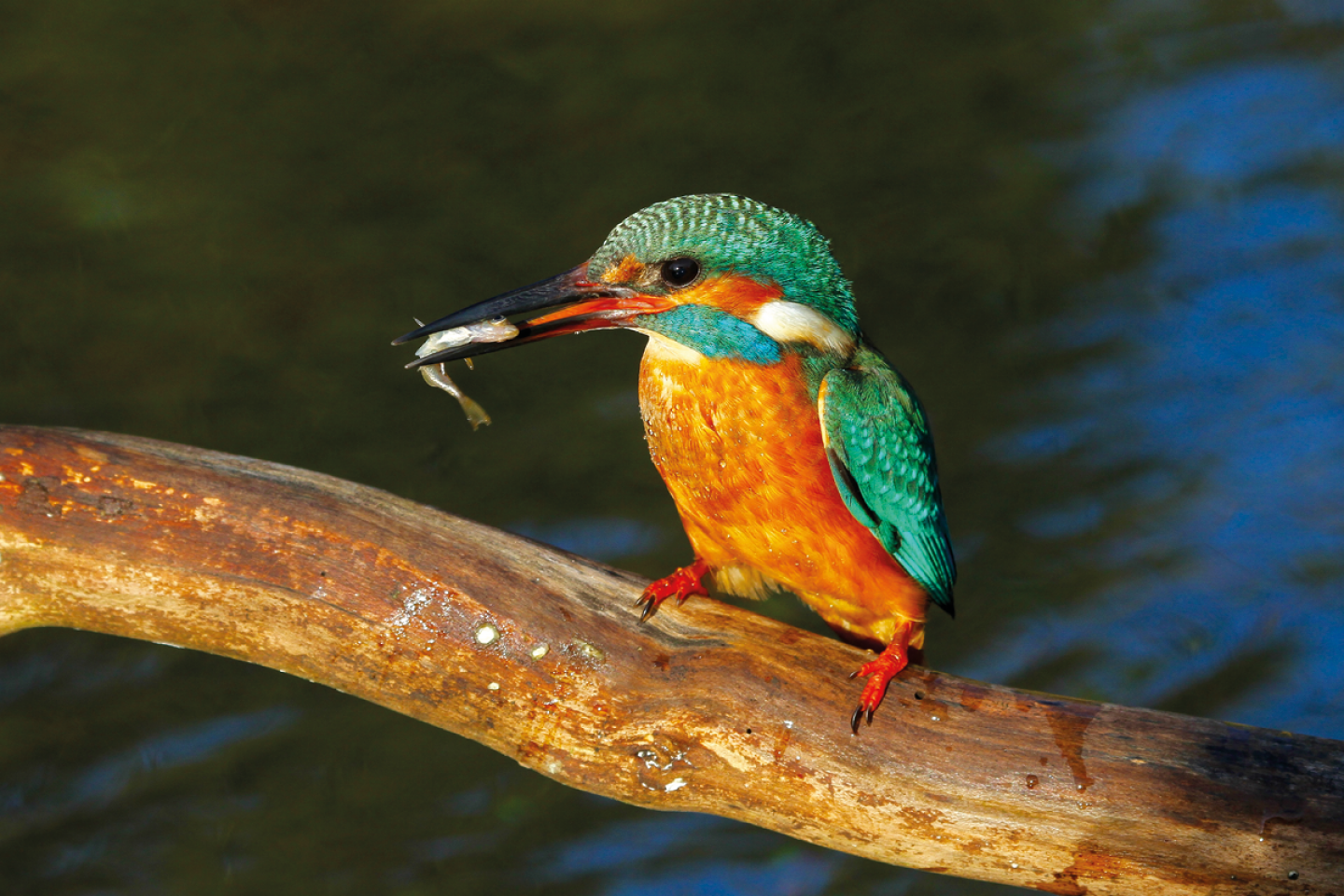
An essential aspect of securing the future for the beavers is spreading awareness. ‘What we discovered is people think that the beavers chop all the trees down. They do, but they also regenerate them really quickly. Already I think we’ve got more trees in the beaver enclosure than we started with. Where they’ve left bits of willow, or they haven’t eaten all of it, it gets wedged in the mud and starts growing. They’re like little gardeners in that they’re actually moving vegetation around and planting it.
‘What we’re trying to do is engage with landowners and everybody else to talk about why beavers are good and beneficial. In the future we’d love to take the enclosure away and let the beavers out from there.’
For anyone wanting to get closer to the real deal, there are opportunities. ‘Wild Intrigue are hosting ‘safaris’ for curious visitors,’ Paul explains. ‘They’re doing trips so you can join in and look for their tracks and other signs of the beavers.’







